
Your new kitten will go through some notable changes from six months to one year of age. She will be more confident and comfortable to freely explore her environment and voluntarily play with other existing pets and you.
Your kitten will also start growing into her features and begin to look more like an adult cat. However, that doesn't mean she is done growing physically or mentally, so be sure to continue positively reinforcing good behaviors. You'll also want to consider her diet and the timing for gradually transitioning into adult cat food.
At six months of age, your kitten may look like a little adult, but that doesn't mean it has reached adulthood. The basic rule of thumb is that the average-sized cat will gain about one pound per month, so at six months of age, your kitten should weigh about six pounds with a lanky torso and legs. It may seem a little disproportionate, but your kitten will soon grow into its long legs and body, just like a human preteen does.
At this age, your kitten should also have received all of its vaccinations and you should be thinking about scheduling its spay or neuter. While not yet fully grown in size, sexual maturity can occur at six months of age. To avoid having a male kitten that sprays urine to mark its territory or a female kitten that goes into heat, you'll want to get your male kitten neutered or your female kitten spayed as soon as possible. These are routine surgeries that will be performed by your veterinarian.
Baby teeth may still be present, but some kittens will lose them all by the time they are six months old. Some veterinarians will recommend extracting any baby teeth that remain in your kitten's mouth when it gets spayed or neutered.
Still very much a baby, but growing into a young adolescent, your kitten will start to sleep more during the day just like an adult cat does. Expect more than half the day to be filled with cat naps, so try to have a comfy cat bed in your kitten's favorite spot.
When your kitten isn't sleeping, it will still be exploring and playing, but its confidence level will be higher than when it was just a toddler. It will also be more coordinated as a young adolescent and will demonstrate just how social it wants to be with you. Socialization and bonding time have always been important to your growing kitten, but at this age, your hard work will have finally paid off, and you may see your kitten starting to snuggle with you voluntarily.
If you have not already had your female kitten spayed, and it has spent time with an intact male cat, then there is a chance that your kitten is pregnant. Cats can get pregnant as young as six months of age, so it's very important to get your female kitten spayed if you don't want more kittens.
Your kitten may start to play more with other pets in your house since its confidence is at an all-time high. Supervision is still a necessity though, as larger pets like dogs can still do damage to an eight-month-old kitten.
Be aware that your kitten is now large enough to attempt counter surfing, it may push items around or off of tables out of curiosity, and it will test the limits of both human and inanimate objects. Setting boundaries and being consistent in any training with your kitten is important. Kittens do not respond to force, so if you are trying to train it to do or not do something, you'll need to use positive reinforcement and patience to get the outcome you want. Verbal praise and tasty cat treats can go a long way in cat training.
By nine months of age, your adolescent kitten is almost full grown and all of its baby teeth should be gone. Teething should cease, but your kitten may still discover how fun it is to chew on things. Monitor your kitten's biting and chewing behaviors closely and make sure they do not get out of hand. Your kitten should never bite a person or other pet unwarranted. If aggressive behaviors start to show, then be sure to nip them in the bud right away and start training your kitten not to bite.
Making the switch from kitten to adult food can occur at any time now. This transition should be a slow one, though, and careful thought should go into which adult food you want to feed your kitten.
Be sure to choose a high-quality, meat-based adult cat food for your kitten. Your veterinarian may have specific brand recommendations for you, but otherwise, look for a major brand that is formulated for adult cats and has the AAFCO seal on the package. These things all indicate that the food is a good choice. Major food brands have quality control, customer service, veterinarians on staff, and high-quality ingredients. Generic or store-brand foods may have lower-quality ingredients and do not provide proper nutrition to your kitten. The food you choose should also list meat as the first ingredient since cats are carnivores.
Slowly mix the remaining kitten food you have with the new adult cat food. Allow there to eventually be more adult cat food then there is kitten food. This transition should take at least a week to decrease the likelihood of dietary-induced diarrhea and during this time, you should also monitor your kitten's appetite to ensure it's still eating the adult food and not just picking out the kitten food.
Almost a year of growth has occurred already, and now, your kitten is just about fully grown. It is sexually mature, eating adult cat food, has received all of its vaccinations, and you are consistently working on its social skills and training. It is equivalent to a teenage human at this point, so while it still has some mental maturing to do, it looks like an adult cat.
At one year of age, most people will now consider your kitten an adult cat. Most cats are full-grown by one year of age, so from here on out, your cat will simply grow mentally. Learning and training never end. Your cat will always explore, make decisions, play, and develop both good and bad habits, and it is up to you to steer it in the direction you would like it to grow. Remember to always use gentle and positive training methods and a good scratch behind the ears can go a long way!
By six months, your kitten will have its adult teeth; this is the most certain way to know how old your kitten is. (They start emerging in the third or fourth month, near their kitten/milk teeth, so the inside of their mouths look a little like a scene from Jaws when it's happening!)
Kittens are litter trained long before they are six months old. Worried yours won't be? Carry it to the box, and swish its paw in the litter. Voila! Your cat has been trained.
Slowly! Start by keeping them apart, but gradually introducing them by scent: rub a t-shirt on each, then share with the other. The kitten should be kept in its own room, if possible, or the bathroom. Let them see each other through a slightly ajar door. If there's hissing, that's normal, just close the door and try again tomorrow. If they seem to tolerate each other, gradually open the door further. If not, a pheromone plug-in like Feliway might help ease the tension. Worst case scenario, they will come to tolerate each other. Best case, they will become friends.

Exploring the Different Types of Pet-Friendly Beaches
Are you looking for pet-friendly beaches? Learn about the different types of pet-friendly beaches, their locations, and tips for visiting them with your pet.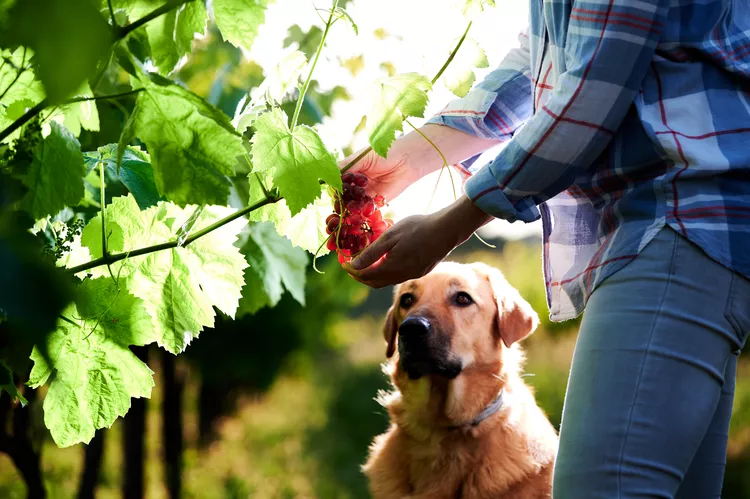
Exploring Pet-Friendly Wineries: Types, Locations, and More
Discover the different types of pet-friendly wineries, where to find them, and what to expect when you visit. Learn more with The Spruce Pets.
Why Is My Dog’s Eye Swollen?
If your dog's eye is swollen, she may need veterinary attention. The inflammation could be caused by allergies, an injury, or even a tumor.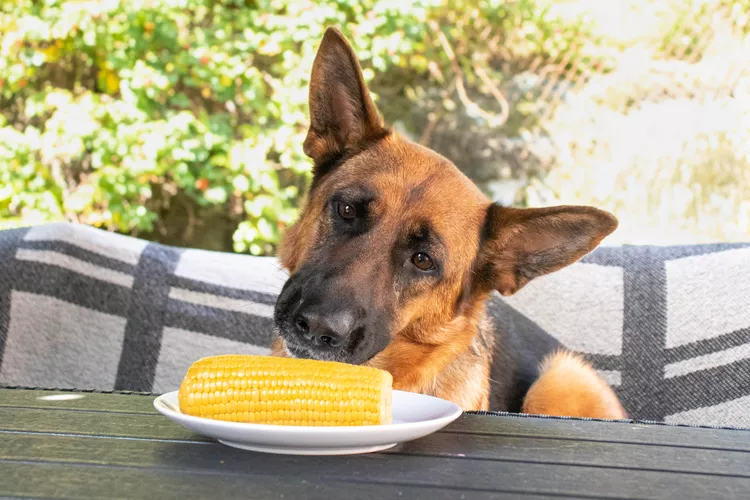
Can Dogs Eat Corn on the Cob?
Dogs love chewing on corn cobs, but this can cause serious harm. Learn about the dangers of corn cobs and find out what to do if your dog eats one.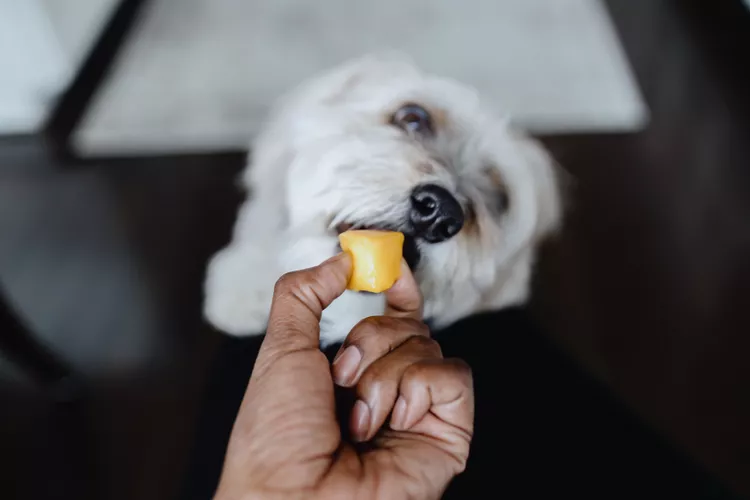
Can Dogs Eat Papaya? What to Know About Sharing This Tropical Fruit With Your Pup
Papaya is safe for dogs in moderation, and it can even provide some nutritional value for them. However, too much can cause digestive upset, and it's not suitable to share with dogs with certain health conditions.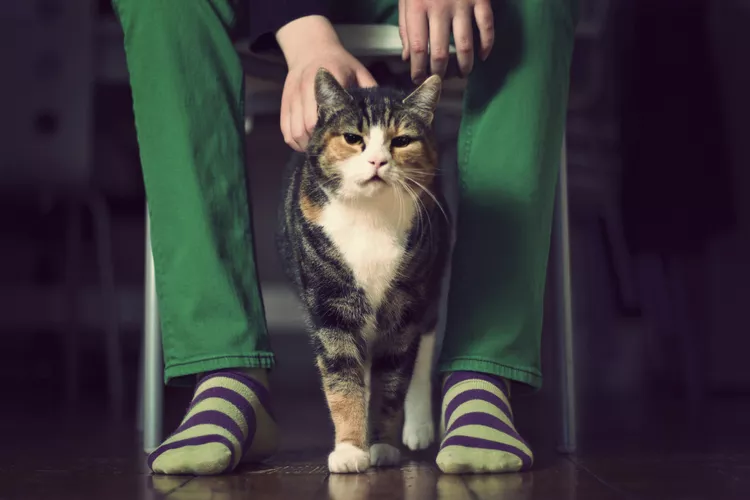
65 Irish Cat Names
Irish cat names can pay homage to historical places, local cuisine, famous Irish actors and musicians, or other wonderful aspects of the Emerald Isle.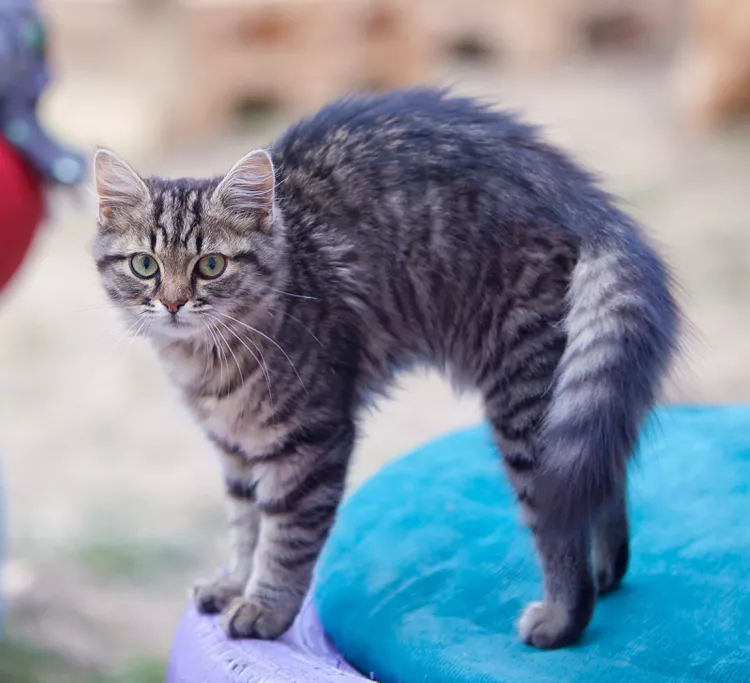
Feline Hyperesthesia Syndrome (FHS) in Cats
Rippling skin is more than dermal sensitivity in cats. It can be a sign of Feline Hyperesthesia Syndrome. Learn the causes, treatment, and prevention.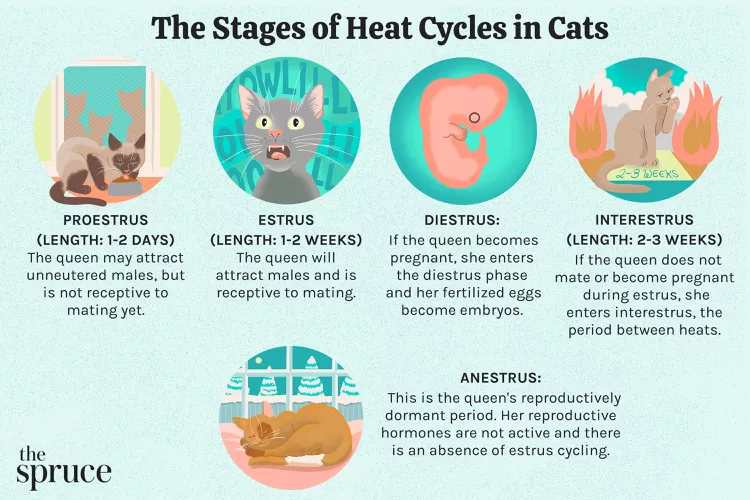
How Long Are Cats in Heat?
How long are cats in heat? Learn about the heat cycles of cats, also called estrus, as well as the reasons you should spay your cat.
Can Dogs Eat Raw Chicken Feet?
What are the potential health benefits of chicken feet for dogs? What are the risks?
Is Eucalyptus Safe for Cats?
Many products containing eucalyptus are not safe for cats, and it is important to be aware of the risks to your cat.
What You Need to Know About Homemade Cat Food
If you want to cook for your cat, make sure to read about the risks associated with homemade diets for cats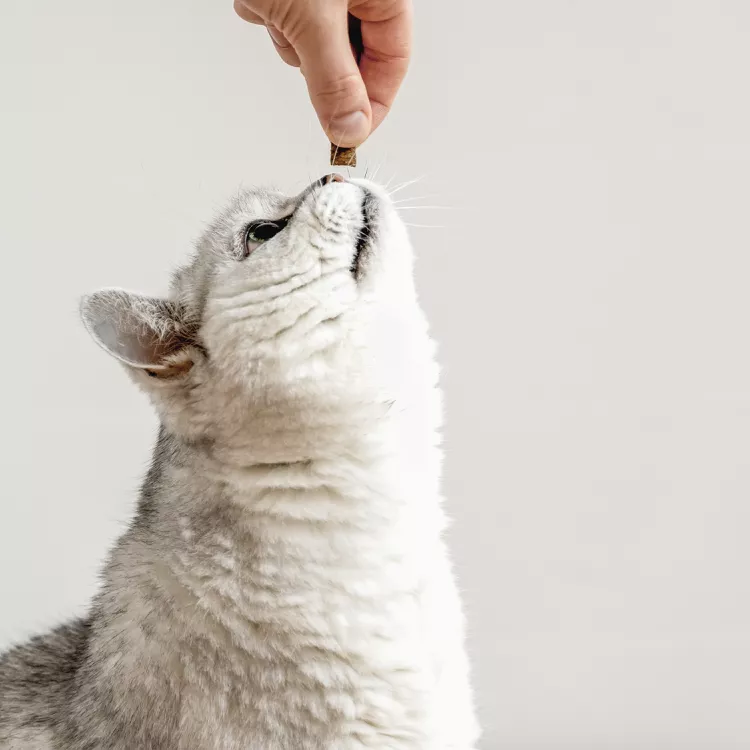
Can Cats Eat Peanut Butter?
Peanut butter is not toxic to cats, but it might not be the best choice of treat for them.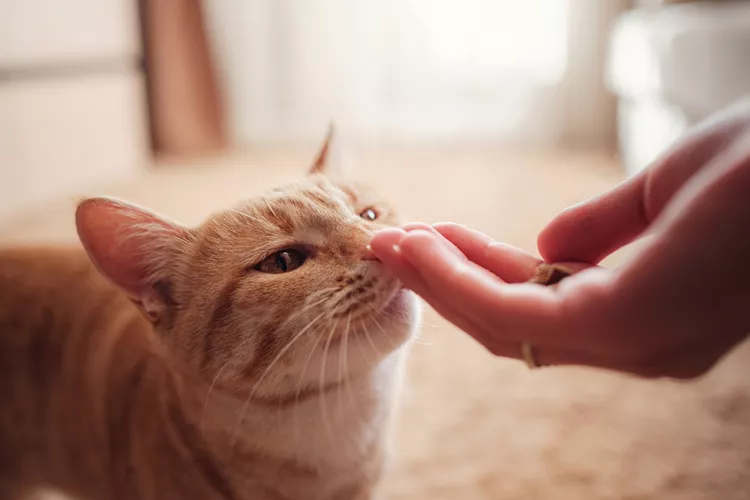
Can Cats Eat Cheese?
Can cats eat cheese? Is it healthy for them? How much can they eat and what should you do if you fear your cat has eaten too much cheese?
8 Flat-Faced Cats with the Cutest Smooshed Faces
These flat-faced cat breeds have a distinct and adorable appearance. Learn about their origins and traits, and the potential health risks tied to their unique facial structures.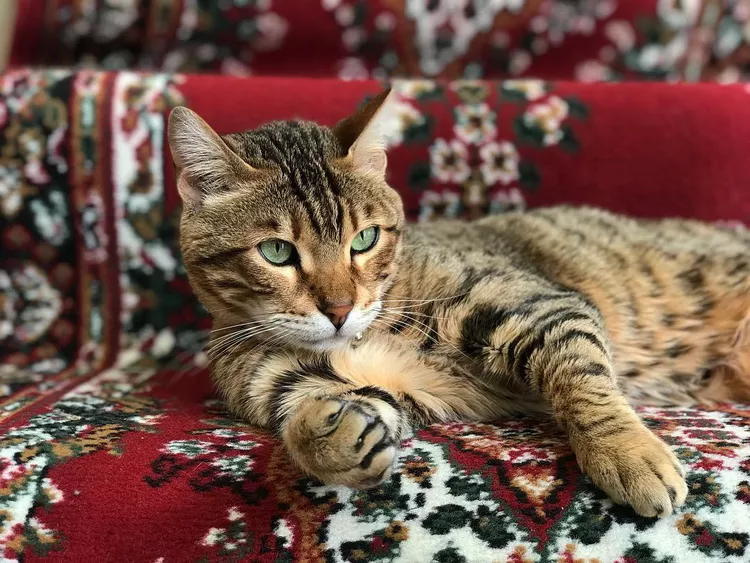
Pictures and Facts About Bengal Cats and Kittens
Bengal cats are a cross between wild cats and domestic cats. Learn more about what they look like and pictures of this beautiful spotted breed.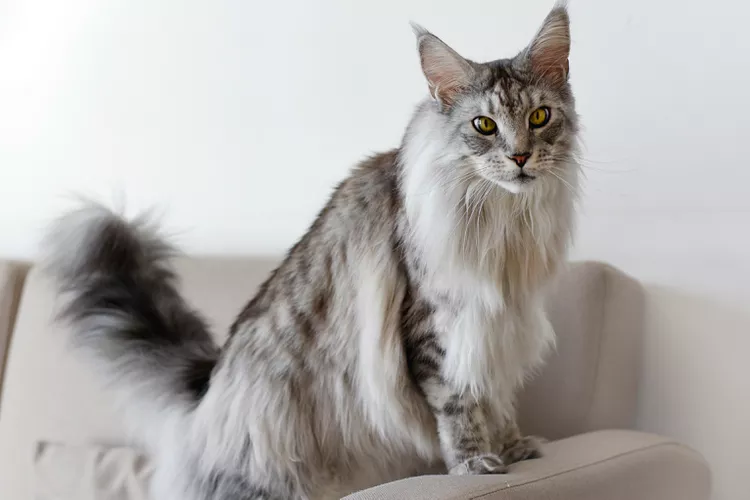
Top 10 Big House Cats
Larger cat breeds, like Maine coons and savannahs, deserve just as much love as their petite counterparts. These big house cats tip the scales.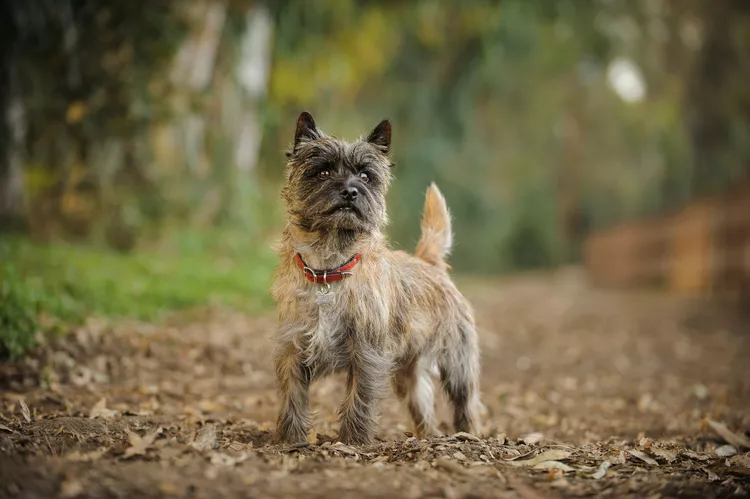
Cairn Terrier: Dog Breed Characteristics & Care
The cairn terrier is a spunky, affectionate, and intelligent dog from Scotland. The breed became famous when one played Toto in The Wizard of Oz. Learn about the temperament, history, health, and care needs of the cairn terrier dog breed.
Reasons Why Dogs Grind Their Teeth
Some dogs grind their teeth. Learn why dogs grind their teeth and if it can be harmful. Find out what to do about teeth grinding in dogs.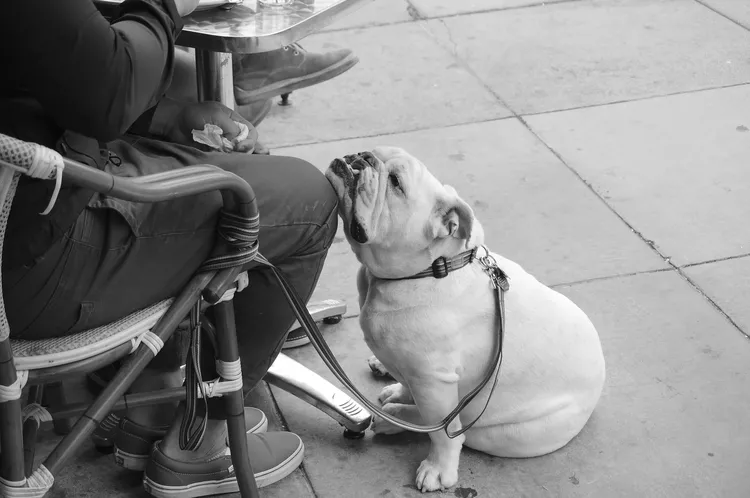
This Is Why Some Dogs Lean on People
Certain dogs really love leaning on their humans. What does this mean? Find out why dogs lean on people and if this is ever a problem.
Can Dogs Get Depression? How to Help Your Sad Dog
Can dogs get depression? Learn about the signs of depression in dogs and find out how to help your sad dog.